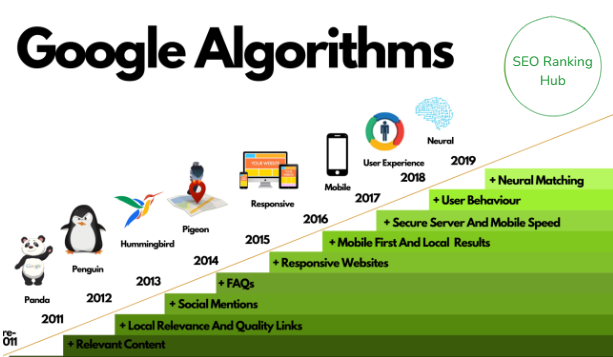
Technical SEO for Facebook: Page Performance and Visibility
Making a rich look on Facebook is not just about posting attractive materials. To stand out and contact the audience, customization of your page is necessary for technical SEOs. While Facebook itself handles many technical aspects, website speeds, mobile responsibilities, structured data (Schema Markup), and XML-Sitemaps, which can promote your visibility and improve the user experience.
In this blog, we will discover action-rich technical SEO tips to customize your Facebook page and connect resources for better access and engagement.
1. Website Speed: Quick Link for Spontaneous Commitment
Each time you share links to external websites through Facebook posts, ads, or professional pages, you need to secure these sites quickly. Slow loading sites lead to high rejection rates, causing your general access and reputation damage.
Best Practice for Website Speed:
- Compress photos and videos related to Facebook.
- Use light hosting for individual websites or destination pages.
- Avoid unnecessary redirection in your link.
- Analyze the speed using a tool such as Google PageSpeed Insights.
2. Mobile Liability: Adaptation for Mobile Users
Most of Facebook users reach the platform through their smartphones. To create a simple experience, the content and linked pages must be mobile-responsive.
Mobile-Friendly Customization Tips:
- Make sure the external destination page or site shared on Facebook is responsible.
- To ensure that all the links shared in the posts are tested that they work properly on mobile devices.
- Use the design framework responsible for individual websites (e.g., Bootstrap).
- Make sure the button and menu are easy to press.
3. Structured Data (Schema Markup): Make Your Content Searchable
Structured data can improve how the external website content appears when shared on Facebook. The exact previews with accurate title and meta details encourage multiple clicks.
How to Use Schema Markup:
- Use the Open Graph tag to adapt to how your links appear on Facebook.
og:titlefor page titleog:imagefor thumbnailog:descriptionfor compelling details
- Check the implementation of your schema with the Facebook Debugger tool.
4. XML SITEMAP: Indexing Your Content Effectively
Although Facebook does not require a sitemap for itself, if you maintain a site associated with your page, an XML-SITEMAP helps the search engine index better.
XML Sitemap Best Practice:
- Create websites using devices such as Yoast SEO (WordPress).
- Submit your sitemap on Google’s search console.
- Keep it up to date with the latest content.
5. Additional Technical SEO Tips for Facebook Pages
- Secure Your Link: Use HTTPS for all external links to build trust and security.
- Video Optimization: Make sure all videos directly uploaded on Facebook are high quality.
- Constant Branding: Keep the side banner, logo, and thumbnail adapted to different screen sizes.
Last Word: Stay in Front of Technical SEO on Facebook
By focusing on the site’s speed, mobile responsibilities, structured data, and XML sitemaps, you can improve the effect of your Facebook page and the experience for the audience. These strategies not only help the search engine better understand your content but also create a spontaneous user experience that encourages engagement and clicks.
Start using these technical SEO tips today and watch your look on the web!









